Rolls-Royce’s first SUV offers a very particular take on utility
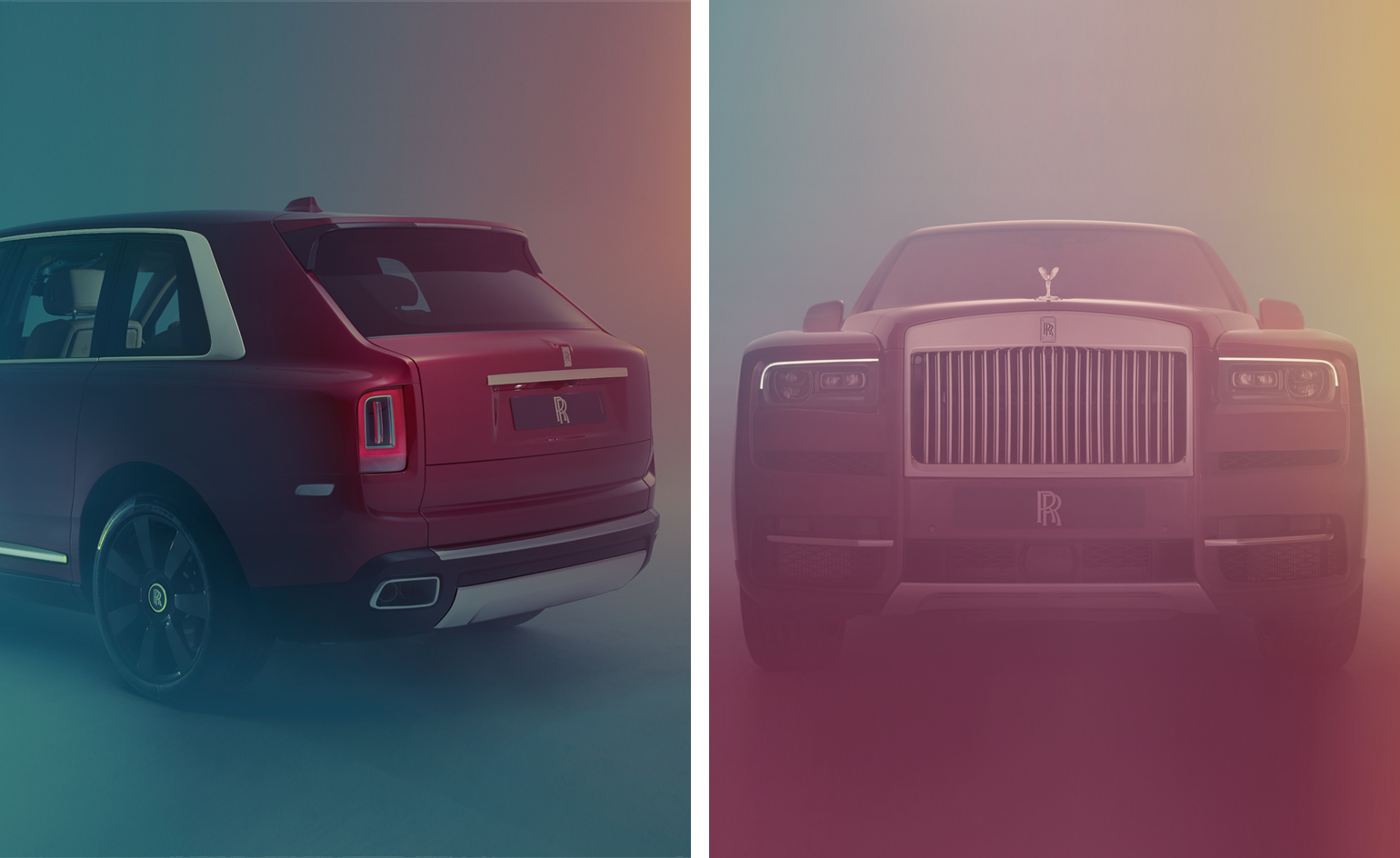
The spirit of being able to go anywhere and do anything still hovers over the auto industry. Until now, Rolls-Royce had been happy to let its history do the talking and not engage in the SUV one-upmanship that everyone from Porsche to Lamborghini has indulged in. But behind the scenes, the UK company had another idea.
‘We kept it a secret for a while,’ admits Giles Taylor, Rolls-Royce’s design director. But in early 2015, the marque acknowledged the existence of a ‘high-sided vehicle’, dubbed ‘Project Cullinan’ – after the Cullinan diamond, 3,106.75 carats of rough gem discovered in South Africa in 1905 and the source of at least nine major stones. The industry waited to see how ultimate luxury could be applied to utility design.
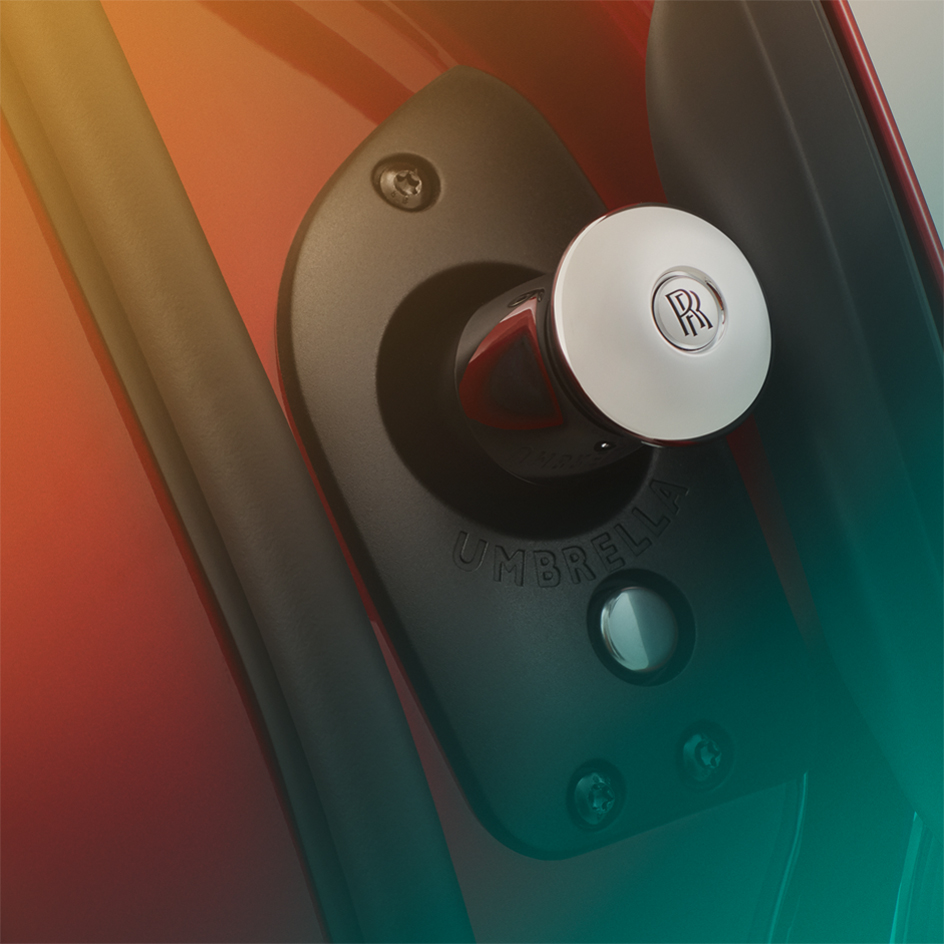
Bells and whistles: the signature in-door Rolls-Royce umbrella is a standard feature
Along the line, Project Cullinan became simply ‘Cullinan’, a departure from over a century of spectral monikers. ‘We didn’t want this to be another two-box SUV. It had to have utility, but in a Rolls-Royce way,’ Taylor says. Admittedly, in Rolls-Royce’s world, ‘utility’ only goes so far. ‘Metal and sober greys hint at simplicity, but ultimately luxury prevails,’ Taylor adds.
It’s not snobbish affectation, but a simple acknowledgement that while some rivals are all-wheel-drive all-rounders, the Cullinan is all that but with extra refinements. The optional ‘Viewing Suite’, an integral rear platform that swings out of the boot at the push of a button with leather-covered event seating for two, is a better indication of where this car will go.
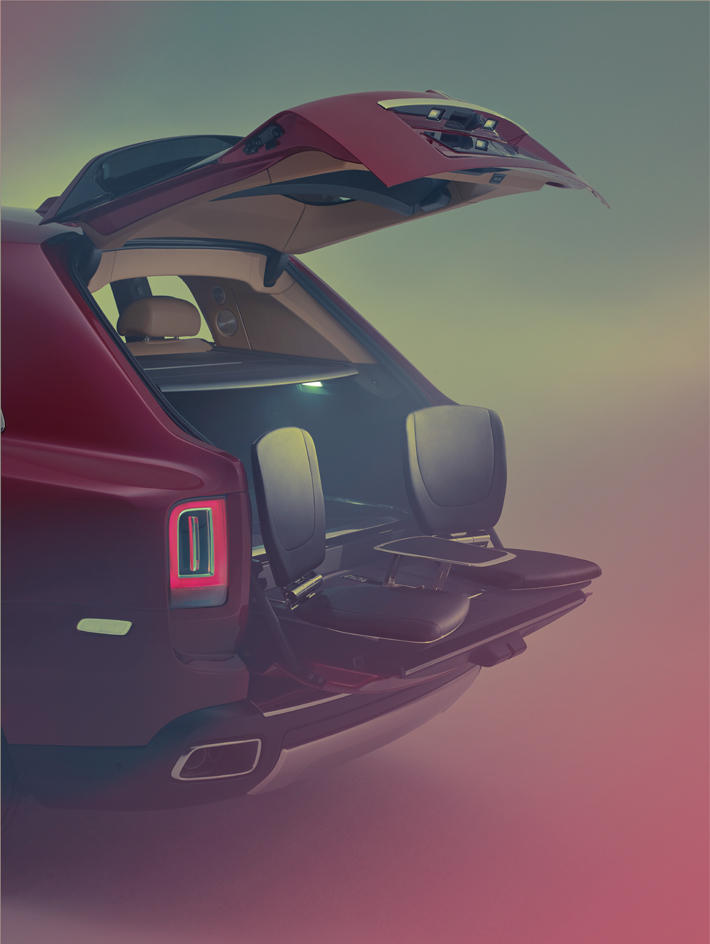
Viewing suite: a rear platform swings out of the boot to offer leather seats with a small table in-between
It’s certainly an imposing machine. ‘It retains a sense of authority, with the long bonnet and high nose,’ Taylor says, adding – only slightly tongue-in-cheek – that the recessed headlights and sculptural, faceted front end give a certain ‘battle-hardened’ look, like an ancient Saxon mask. ‘We were keen to have a raked screen that gives the car elegance,’ he says.
At the rear, there’s an equally prominent ‘bustle’, a raised boot-lid that juts out from beneath the slope of the rear screen, with the rear headlights set into equally impressive flanks. Inspired by 1920s bolt-on luggage trunks, it’s paired with an internal glass screen to shield occupants from inclement weather when the boot is opened.
Rolls-Royce has a historical ace up its sleeve in the form of TE Lawrence, who famously ran a fleet of nine Silver Ghost armoured cars in the Arabian desert to battle with the Ottoman Turks. ‘For a design team that needed an anchor, it was an incredibly resonant story,’ Taylor says. It also directed him to another influence. ‘For proportion and character, we looked at staff cars,’ he says, adding that these stately officer transport vehicles were the perfect mix of grandeur and ability to tackle ‘challenging environments’.
Wallpaper* Newsletter
Receive our daily digest of inspiration, escapism and design stories from around the world direct to your inbox.
Legend also has Lawrence commandeering a privately owned Rolls-Royce in Cairo for his personal use and naming it ‘Blue Mist’. The company’s history is rich with tales of eccentricity and wealth, mechanical superiority and engineering acumen. High, mighty and bold, the Cullinan should inspire some contemporary equivalents.
As originally featured in the July 2018 issue of Wallpaper* (W*232)
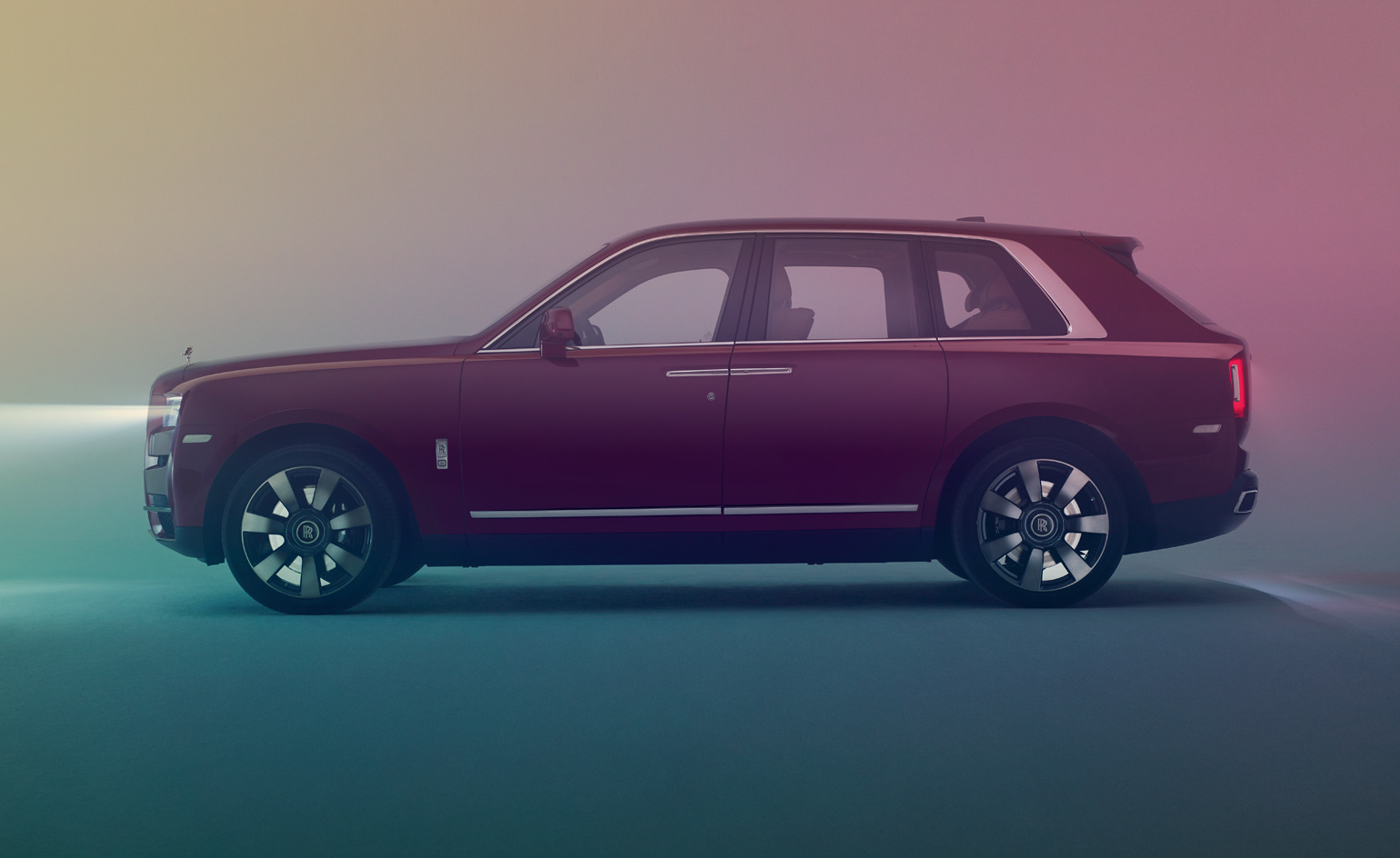
The long bonnet and raked screen are balanced by a jutting boot that nods to bolt-on luggage trunks
INFORMATION
For more information, visit the Rolls-Royce website
Jonathan Bell has written for Wallpaper* magazine since 1999, covering everything from architecture and transport design to books, tech and graphic design. He is now the magazine’s Transport and Technology Editor. Jonathan has written and edited 15 books, including Concept Car Design, 21st Century House, and The New Modern House. He is also the host of Wallpaper’s first podcast.
-
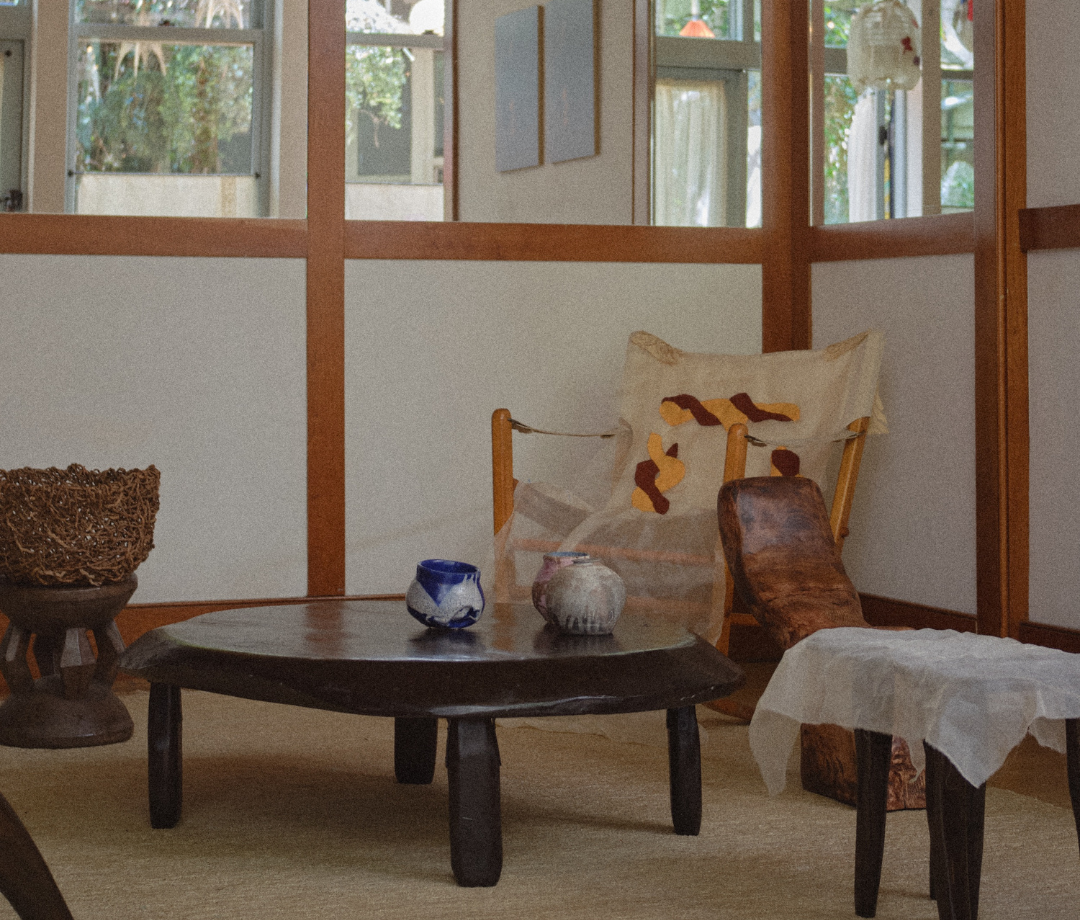 This exhibition of Black women artists explores the meaning of making
This exhibition of Black women artists explores the meaning of making‘There are a lot of people who are designers, but very few people who are makers.’
-
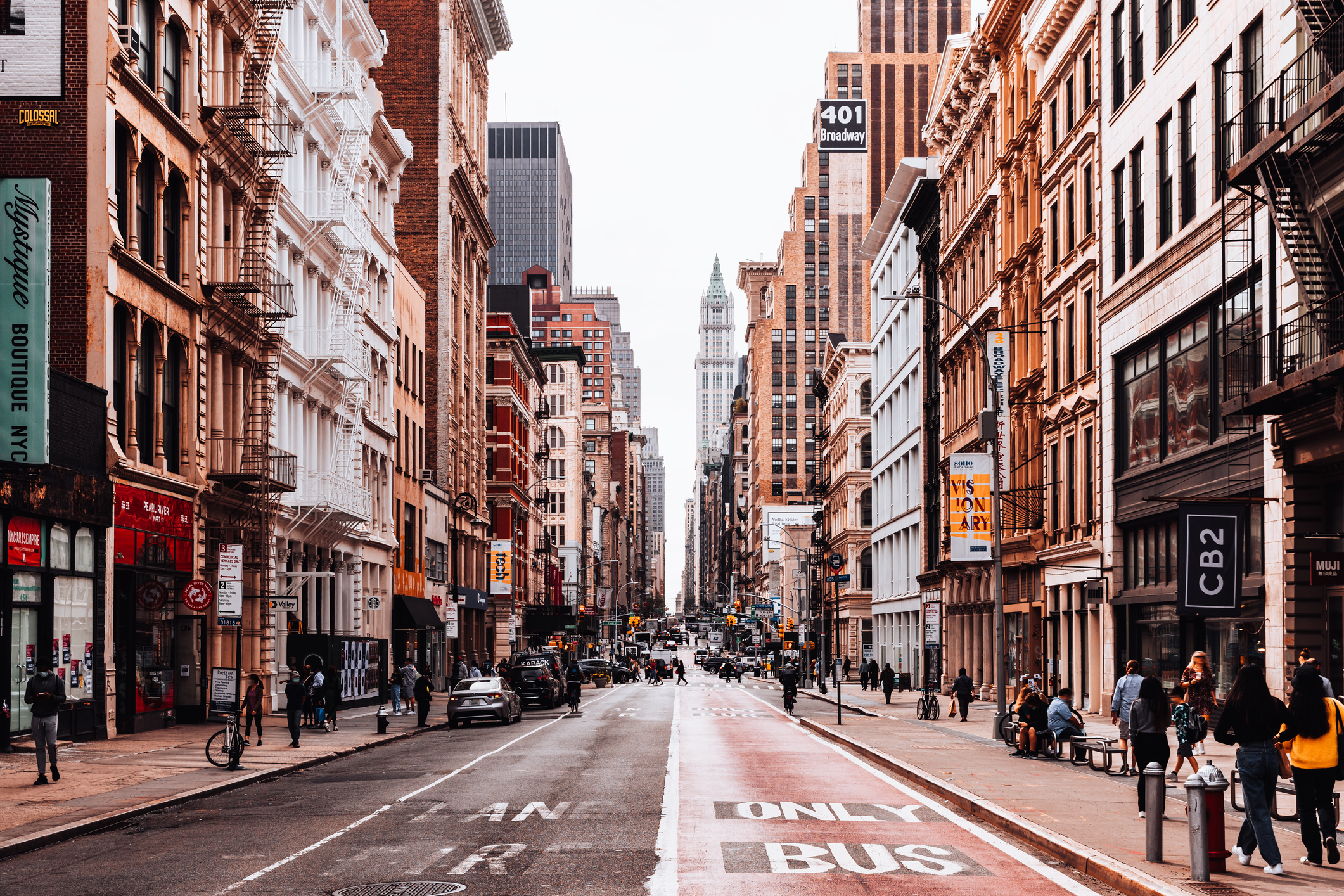 New York Design Week 2025: live updates from the Wallpaper* team
New York Design Week 2025: live updates from the Wallpaper* teamNow through 21 May, design is taking over the Big Apple. Here's the latest news, launches and other goings-on from NYCxDesign, as seen by Wallpaper* editors.
-
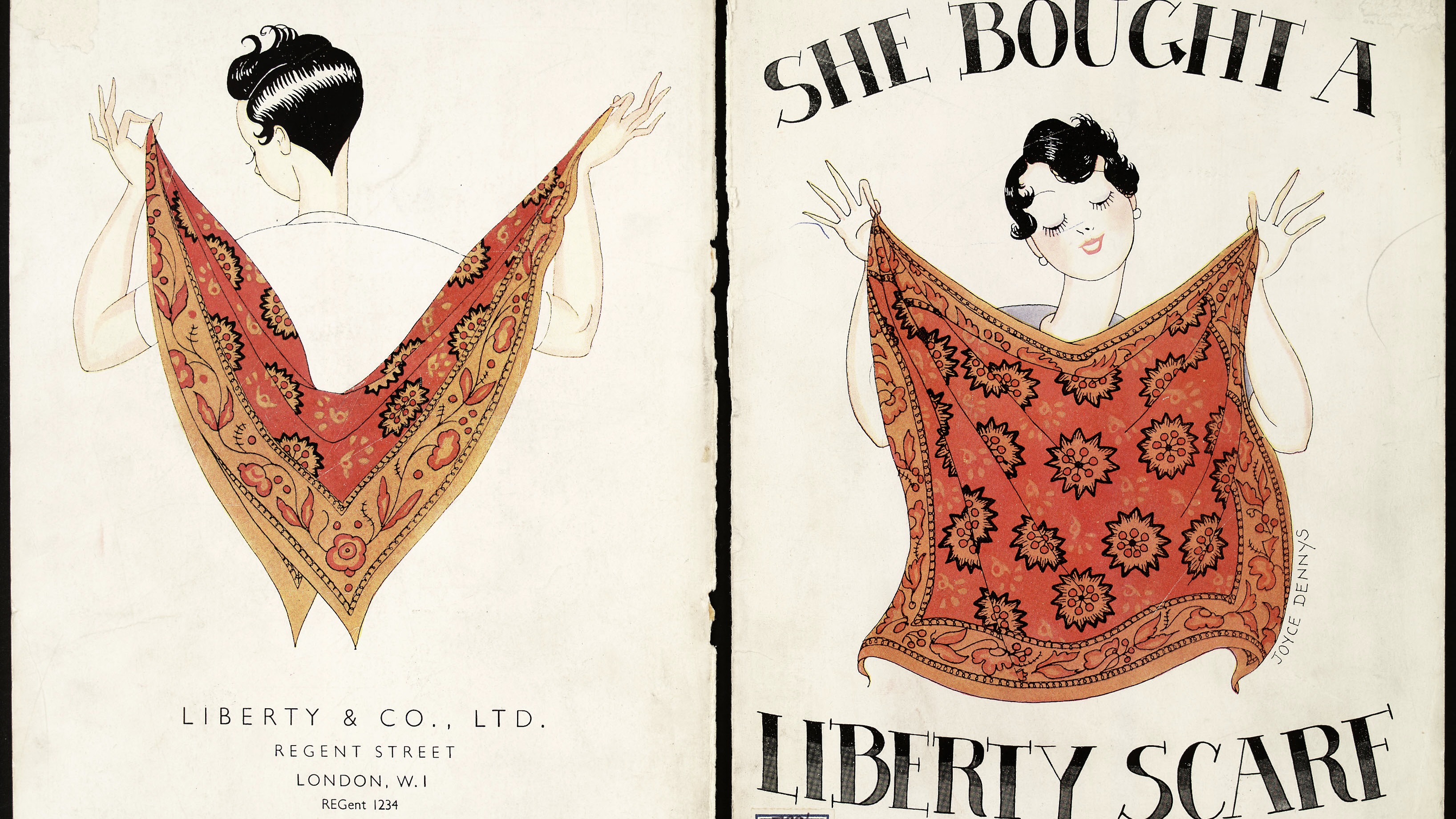 Liberty at 150: a history of the brand in 10 objects
Liberty at 150: a history of the brand in 10 objectsLiberty is marking its 150th anniversary; to celebrate, we remember products and prints that helped make the department store the cultural touchpoint it is today
-
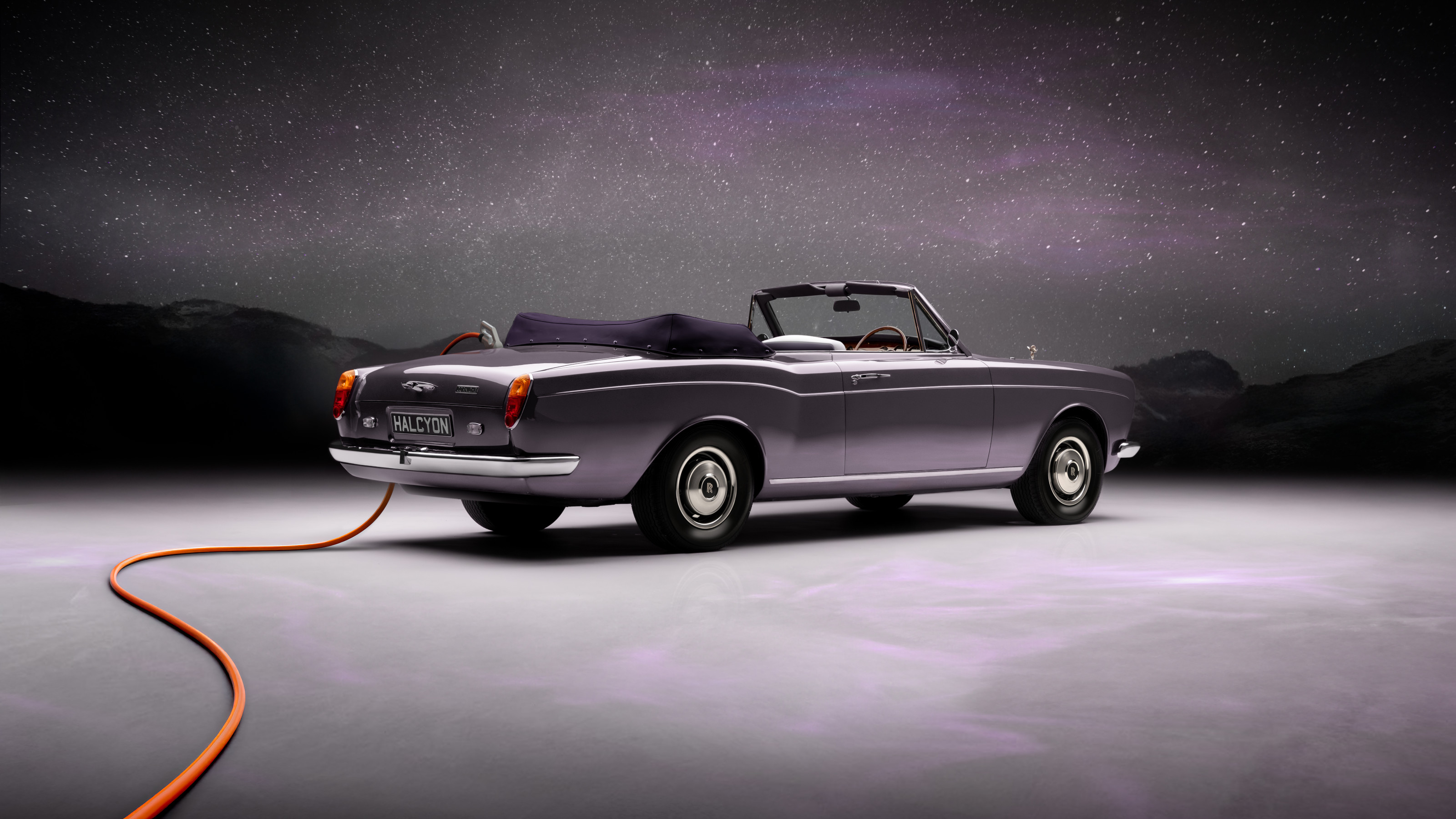 EV start-up Halcyon transforms a classic 1970s Rolls-Royce into a smooth electric operator
EV start-up Halcyon transforms a classic 1970s Rolls-Royce into a smooth electric operatorThis 1978 Rolls-Royce Corniche is the first fruit of a new electric restomod company, the Surrey-based Halcyon
-
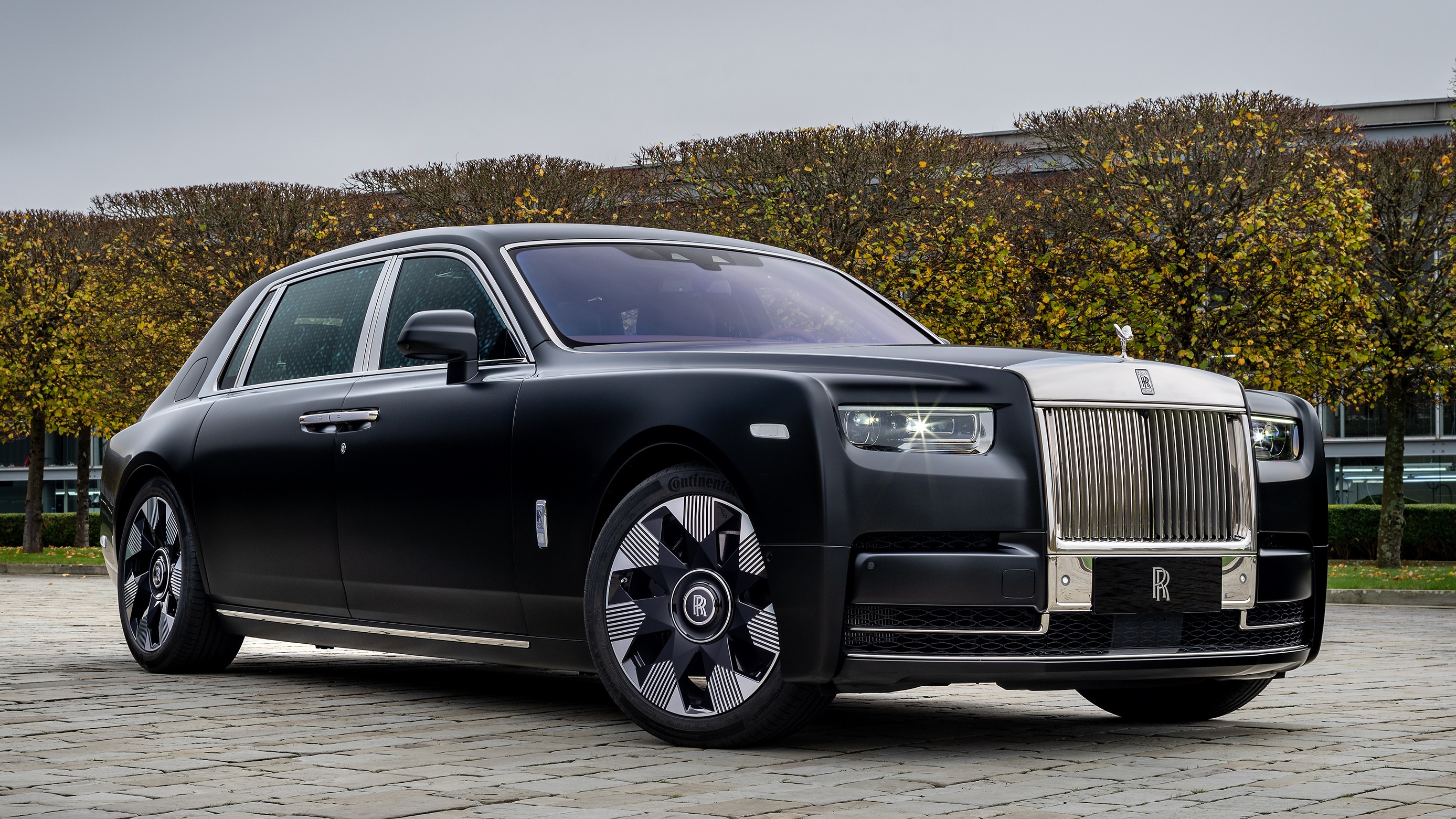 Rolls-Royce Phantom Dragon crosses cultures with a highly crafted approach
Rolls-Royce Phantom Dragon crosses cultures with a highly crafted approachThis one-of-one Phantom Extended has been built as a celebration of the outgoing Year of the Dragon, overseen by Rolls-Royce’s Shanghai Private Office
-
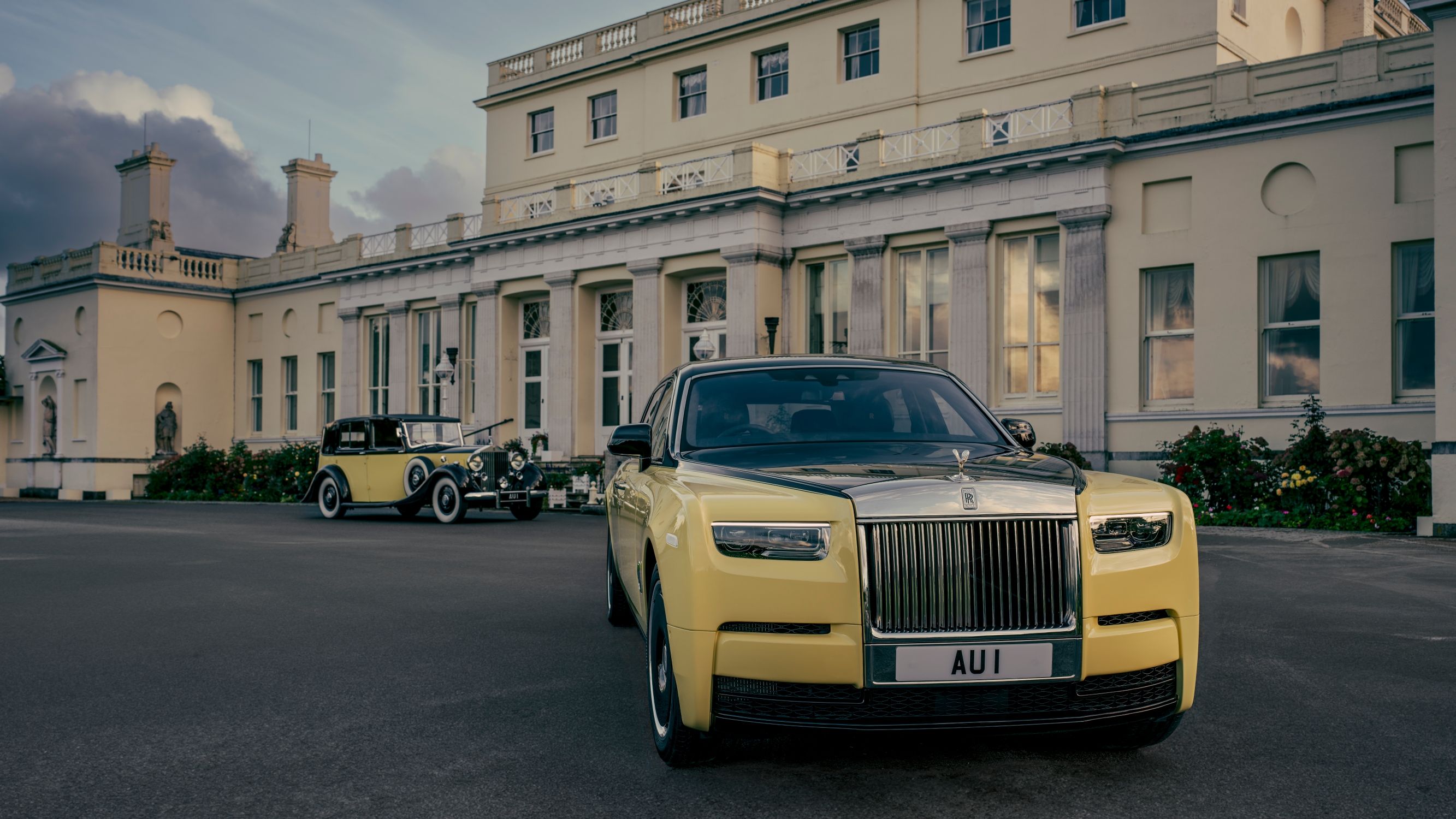 Rolls-Royce re-imagines the classic wheels of one of James Bond’s greatest antagonists
Rolls-Royce re-imagines the classic wheels of one of James Bond’s greatest antagonistsFor one lucky Rolls-Royce owner and Fleming obsessive, this one-off Phantom Goldfinger will blur the lines between cinematic fantasy and real life
-
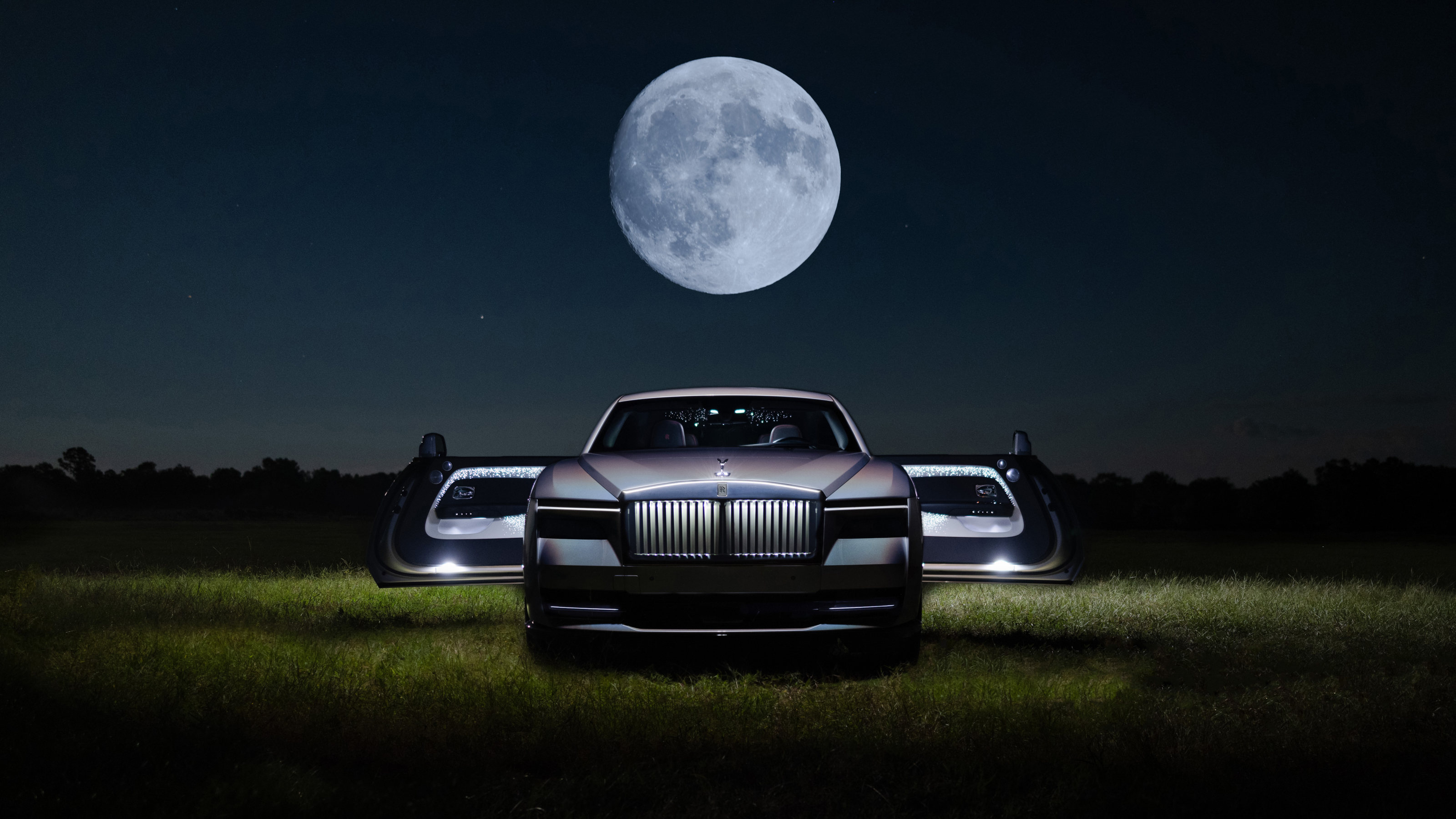 Rolls-Royce’s Bespoke division pushes paint technology to the limits in the Spectre Lunaflair
Rolls-Royce’s Bespoke division pushes paint technology to the limits in the Spectre LunaflairThis one-off commission transforms Rolls-Royce’s all-electric Spectre into a shimmering spectacle inspired by atmospherical effects
-
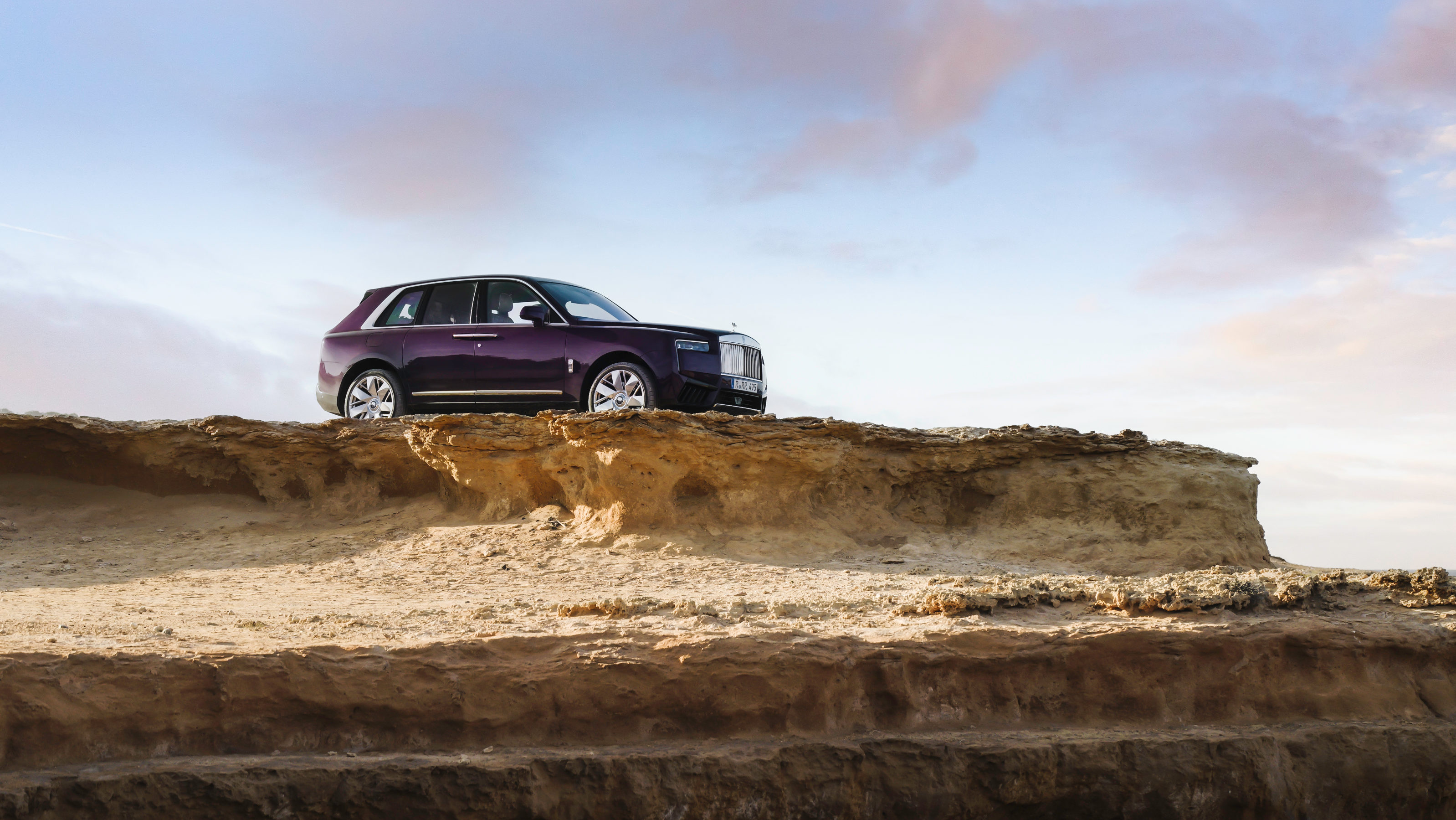 The subtly revised Rolls-Royce Cullinan offers clients an instantly commanding presence
The subtly revised Rolls-Royce Cullinan offers clients an instantly commanding presenceA Rolls-Royce is no longer the ‘best car in the world,’ but the best way to make your mark on automotive culture. Cullinan Series II goes even further into the world of branded storytelling and subtle oneupmanship
-
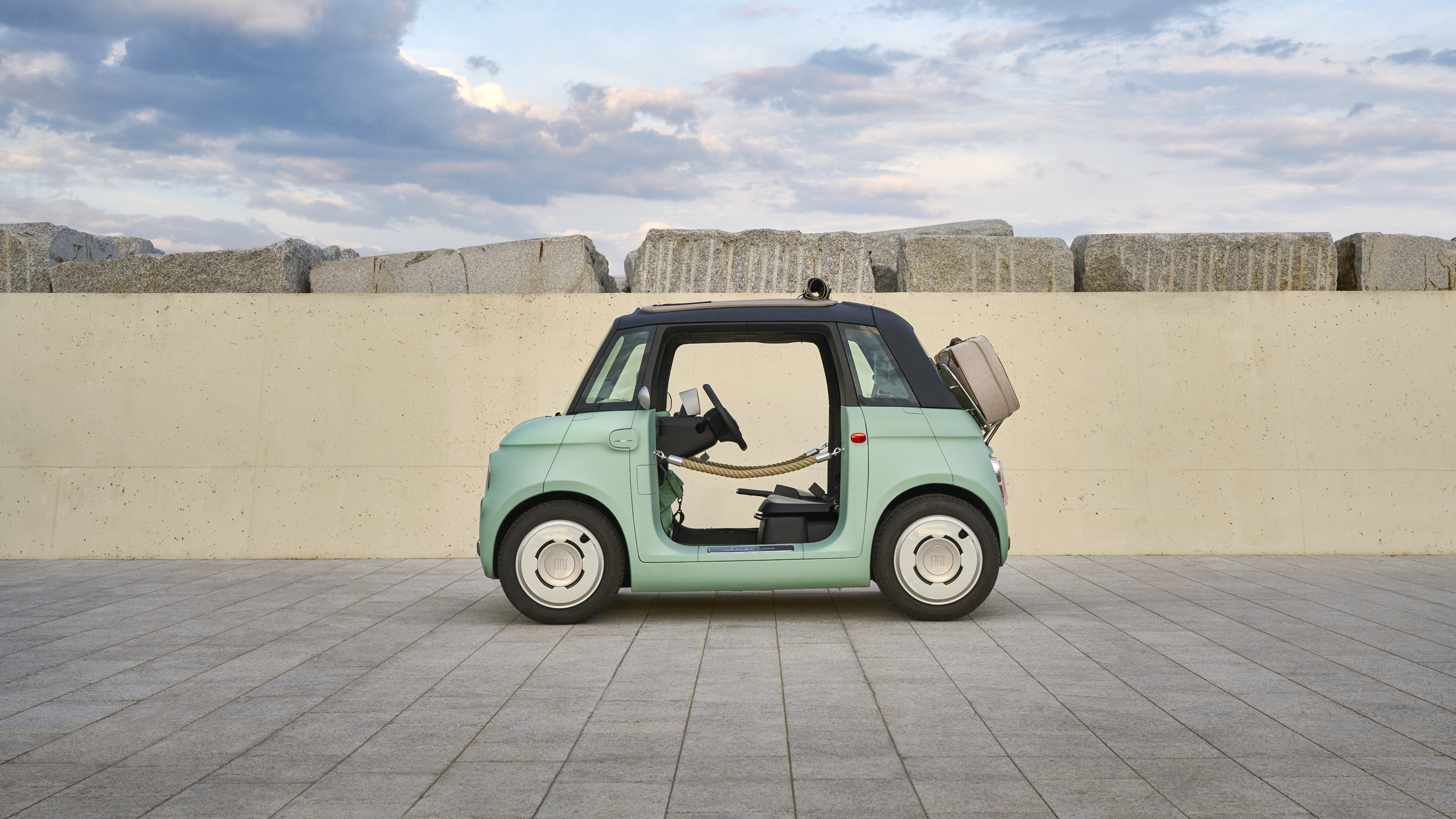 Year in review: top 10 transport design stories of 2023, selected by Wallpaper’s Jonathan Bell
Year in review: top 10 transport design stories of 2023, selected by Wallpaper’s Jonathan BellJonathan Bell’s top 10 transport design stories of 2023 span from electric campers and microcars to flying yachts and classic car recreations
-
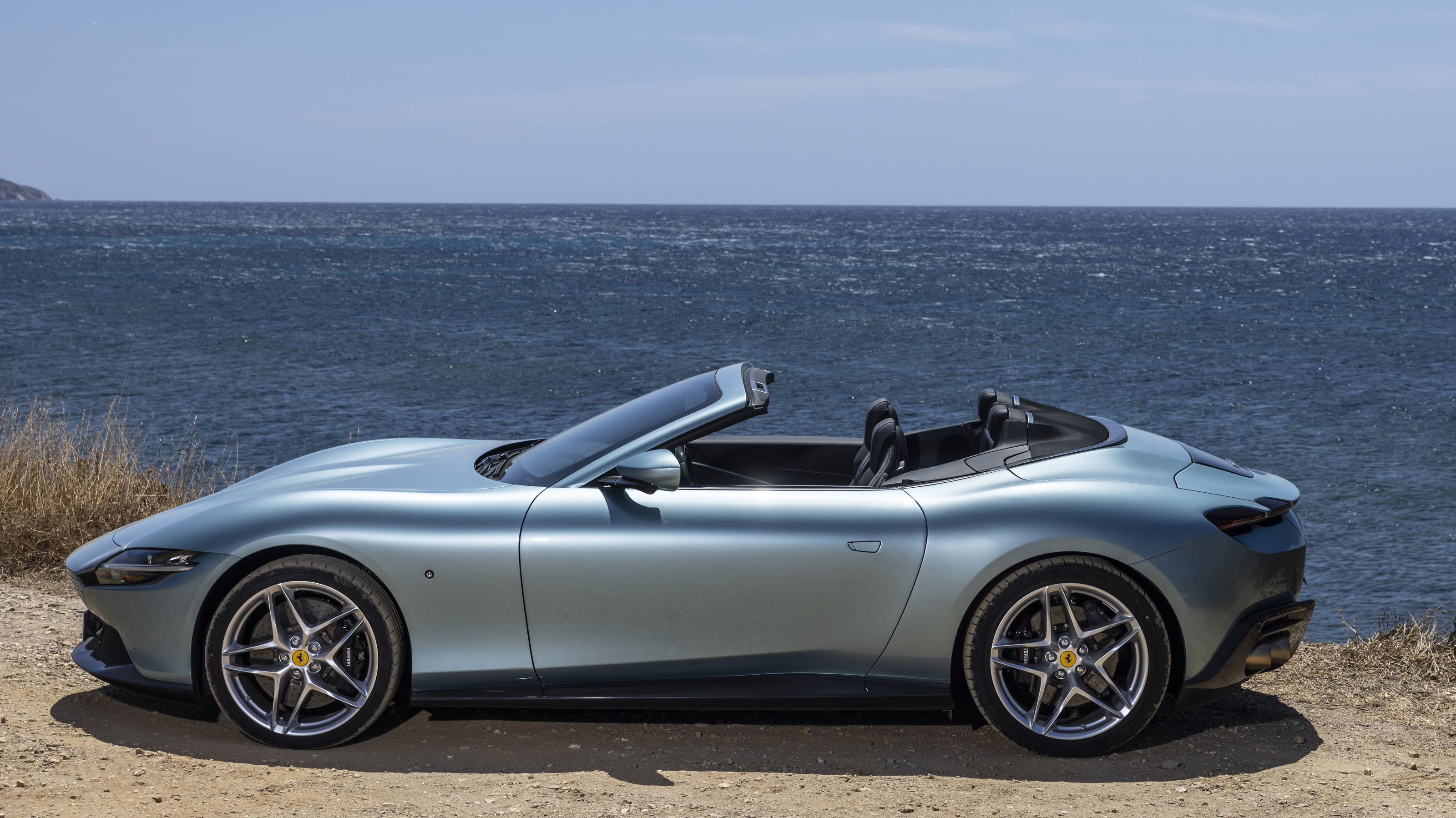 Year in review: the top 10 cars of 2023, as selected by Wallpaper’s Jonathan Bell
Year in review: the top 10 cars of 2023, as selected by Wallpaper’s Jonathan BellWhat were the best four-wheeled offerings of 2023? Transport editor Jonathan Bell takes us through the year’s most intriguing automobiles
-
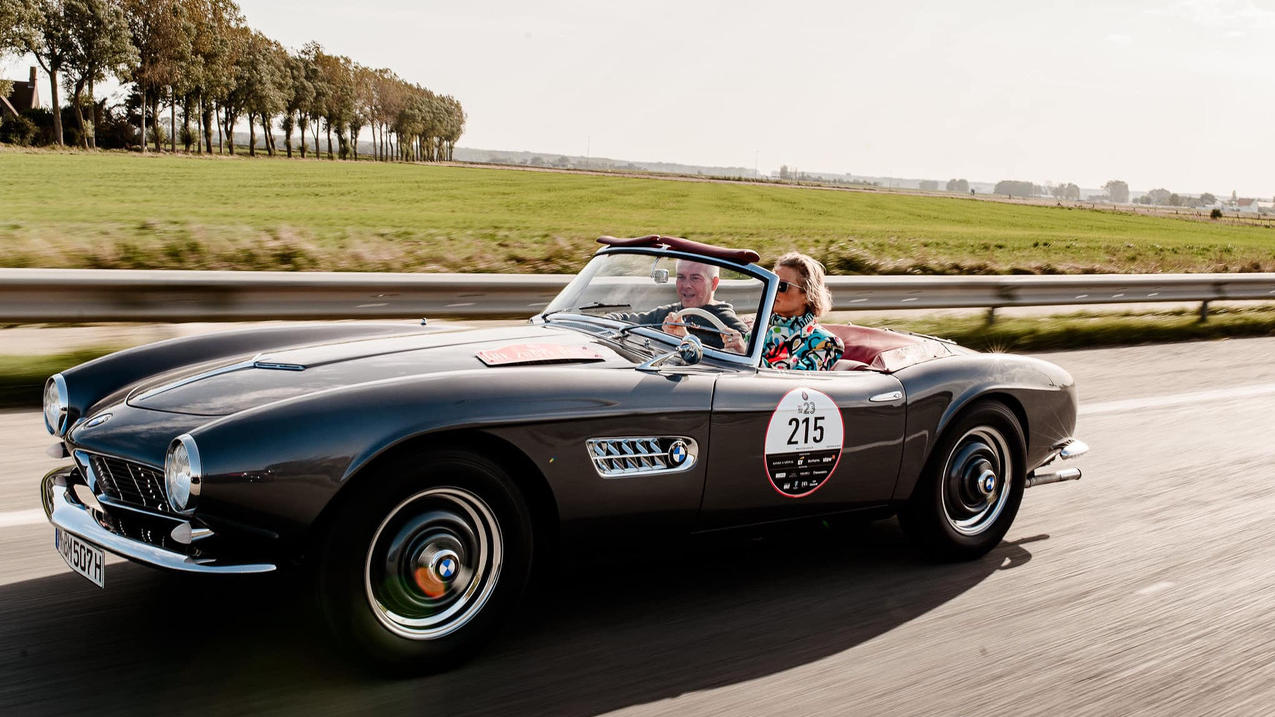 Zoute Grand Prix is a car fest like no other at a pristine Belgian beachside town
Zoute Grand Prix is a car fest like no other at a pristine Belgian beachside townAmy Serafin takes to the well-heeled streets of Knokke-Heist to experience the Zoute Grand Prix, its annual cavalcade of classic car-related events, from a rally to an auction